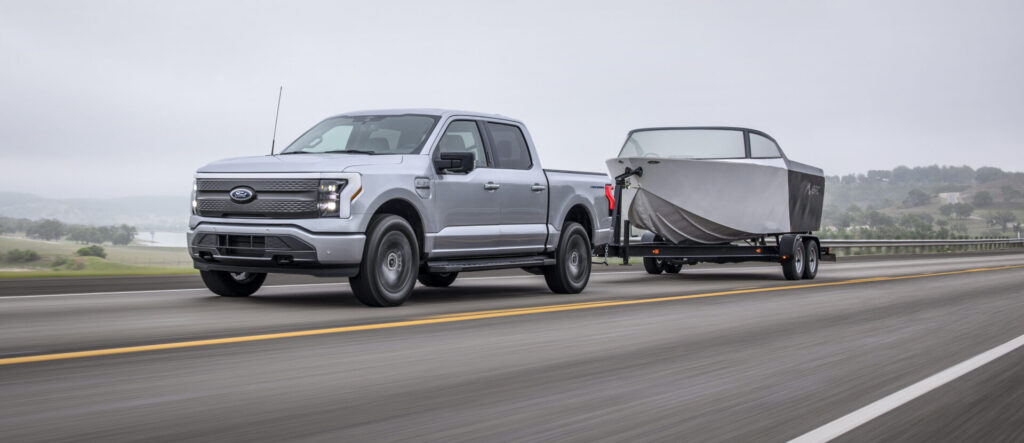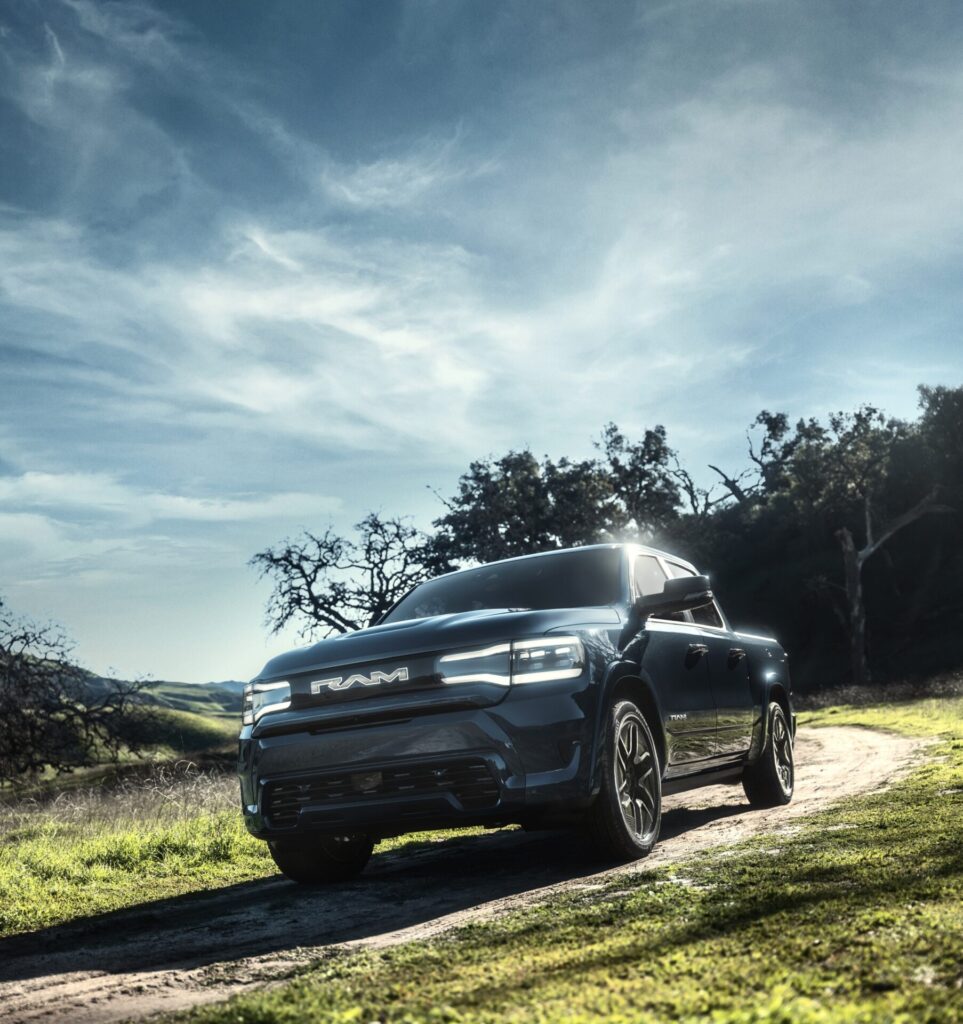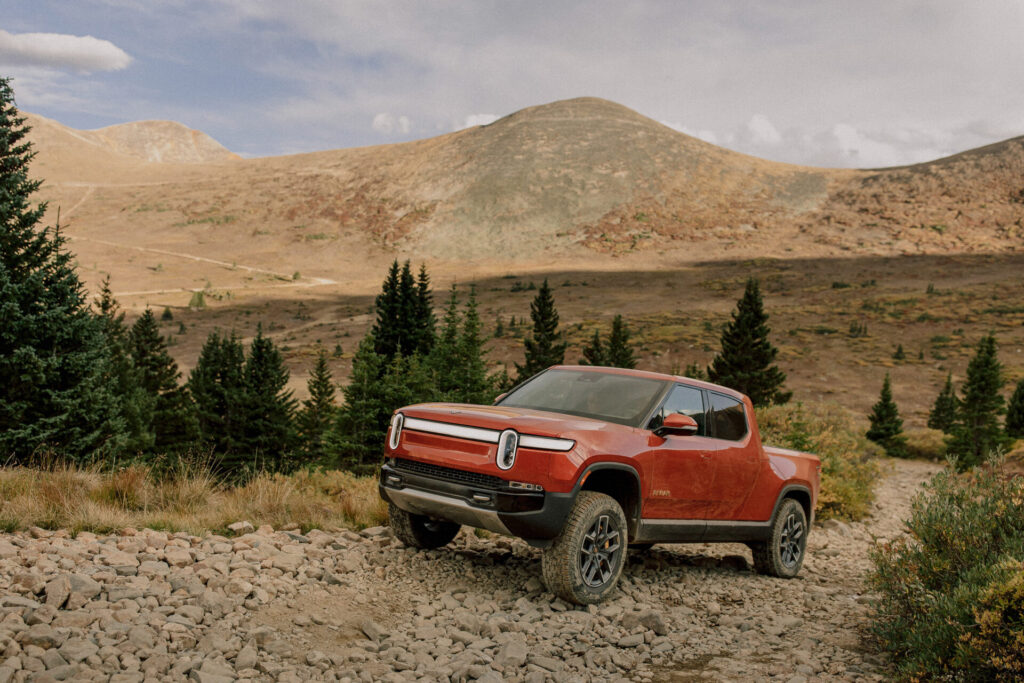Battery-powered trucks have much to offer, but range anxiety, especially when towing, remains an issue.
Considering the huge growth in the truck segment, it’s hardly surprising that automakers are focusing much of their electrification efforts on bringing battery power to the pickup market. Indeed, so replete is the truck segment with profit that those same automakers are using their limited resource — General Motors, for instance, cancelled production of its Bolt and Bolt EUV so its Orion Assembly plant can build electrified Silverados — to pump out their new big-ticket trucks. The electric truck market is about to heat up so you need to know what ’s available, how much they cost and exactly what the pros and cons are of moving from an ICE-powered pickup to one energized by lithium-ion.
Range
The biggest challenge for battery-powered truck shoppers — besides affording their price tags — is separating range fact from fiction. Like all electric vehicles, the difference between Natural Resources Canada’s ratings and real-world range abilities can be substantial. This is made all the more evident as a result of their weight — the battery in a Hummer weigh more than a Honda Civic — and less-than-streamlined aerodynamics.
Depending on battery size and model, the electrified F-150 is rated by Natural Resources Canada for anywhere between 386 and 515 kilometres on a single charge. On the other hand, a Driving.ca highway-only test revealed that an F-150 Lightning with the larger Extended Range battery ran out of juice at just 306 kilometres. The take from this is that bluff aerodynamics result in significantly reduced range when driven at highway speeds. So, for instance, while Ram’s recently introduced 1500 REV promises 805 kilometres of range — thanks to its gargantuan 229-kWh battery — a more realistic expectation in real-world highway driving might be 500 kilometres. And that’s not even accounting for winter driving, when temperatures of -20°C reduce range by as much as 40 percent
The players
The current market leader in the battery-powered pickup segment is Ford’s F-150 Lightning. Starting at $79,000 — but rising all the way to $121,000 — the Ford is available with either Standard (98 kWh) or Extended Range battery (131 kWh).
Of course, it hasn’t cornered the market. Along with bit players in the segment — Rivian’s R1T, Hummer’s SUT and Tesla’s upcoming Cybertruck — General Motors is ramping up production of the 754-horse power Chevrolet Silverado EV and Ram says its 1500 REV will be ready for the 2025 model year.
Towing

If you mainly use your truck for towing, know that range may be significantly compromised. Because of weight and aerodynamics, Car & Driver found that the F-150 Lightning could tow a 2,766-kilogram (6,100 pounds) trailer for 160 kilometres, the Rivian R1T just 15 more and the Hummer, equipped with a 212.7 kWh battery, just 225 kilometres.
Charging
What’s more, towing also poses a challenge when charging, as in where do you put that 20-foot — or more — trailer? Most public DC fast charging stations are simply not equipped to handle vehicles of that size, so you have to either disconnect the trailer while charging or else take up more than one space.
Electrified pickups also face the same charging speed challenges as other EVs, only more so since their batteries are almost twice as large. Simply put, at the same charging speed, they will take twice as long to recharge. The main determinant of charging speed is battery design, namely at what voltage the battery architecture can accept a charge. Higher is better and current 400V systems are gradually giving way to speedier 800V systems. Of the major players, Ford’s Lightning remains on a 400V system and its peak charging rate is a relatively low 150 kilowatts. GM’s Silverado will run on 800V architecture and should charge twice as fast using a 350-kilowatt charging station. Ram’s upcoming 1500 REV boasts similar specifications, but its batteries are so huge that they will prove a challenge to recharge quickly.
Driving

If all this sounds like a cautionary tale counselling against the purchase of an electrified pickup, understand that their limitations centre around charging speed, range (especially when towing) and pricing. In most — perhaps even all — other regards, electric trucks are superior to their gasoline-fuelled counterparts.
Electric motors, for one, offer instantaneous performance. Batteries, though heavy, are mounted very low in the frame, resulting in much superior handling. Electrified pickups also typically ride on all independent suspension, so their superior handling does not come at the expense of ride. Interior space is generally improved as well thanks to the more efficient packaging of electric motors compared with hulking V8s and stowage is greatly expanded since the absence of an internal combustion engine up front adds up to 400 litres of stowage space in the “frunk” — equal to the stowage capacity of rear trunks in many sedans — to the already copious cargo capacity of their rear beds. The space efficiency of electric vehicle design is even more apparent in these new battery-powered pickups!
Final verdict on electric trucks
The final verdict is a bit of a split decision. If you’re a contractor with a known and consistent daily mileage, a battery-powered pickup makes perfect sense. On the other hand, if you’re an RV owner logging lengthy miles pulling a motor home, then it’s a poor choice for you. Where you stand between those two extremes will determine how happy you’ll be behind the wheel of an electrified truck.

